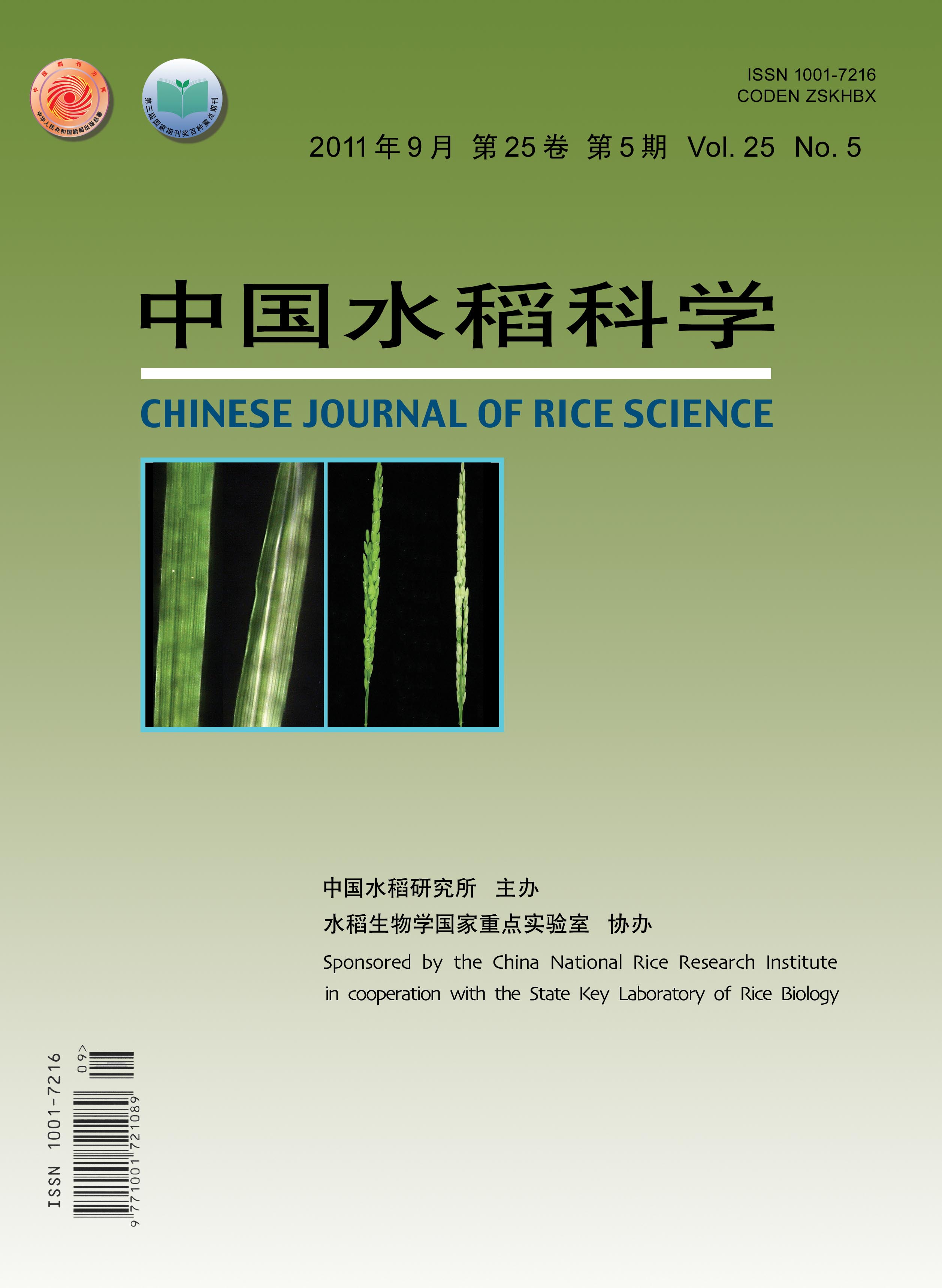|
|
Mapping and Genetic Analysis of Quantitative Trait Loci for Related Traits of Cooked Rice
SHEN Nianwei1,#, LAI Kaikai1,2,#, NIAN Jinqiang1,3, ZENG Dali1, HU Jiang1, GAO Zhenyu1, GUO Longbiao1, ZHU Li1, LIU Jian1, DONG Guojun1, YAN Meixian1, QIAN Qian1,*, ZHANG Guangheng1,*
2011, 25(5):
475-482.
DOI: 10.3969/j.issn.10017216.2011.05.004
The milled rice length, cooked rice length and elongation traits are very important in the quality of cooked rice. Mapping of quantitative trait locus (QTL) for cooked rice related traits was conducted using a doubled haploid population from a cross between a typical indica rice cultivar ‘TN1’ and a typical japonica rice cultivar ‘Chunjiang 06’. Using a linkage map based on 177 SSR molecular marker loci covering the distance of 1670.92 cM, a total of 14 QTLs were identified for the cooked rice related traits. One putative QTL for milled rice length and one for soaked rice length were mapped on chromosome 2, with the explained variance of 15.20% and 18.50%, respectively. One putative QTL for soaked rice expansion was mapped on chromosome 6, with the explained variance of 13.39%. One putative QTL for boiled rice length was mapped on chromosome 9, with the explained variance of 1360%. Three QTLs for steamed rice length were detected on chromosomes 1, 3 and 12, totally explaining variance of 45.00%. Four QTLs for boiled rice elongation were detected on chromosomes 3, 6, 9 and 10, totally explaining variance of 61.30%. Three QTLs for steamed rice elongation were detected on chromosomes 1, 3, and 6, totally explaining variance of 49.10%. Two QTLs for elongation related traits of cooked rice were detected on the Wx gene cluster and ALK gene cluster, respectively. Comparing to the Wx gene cluster, the QTL in the ALK gene cluster played a much more important role in regulation of related traits of cooked rice with the LOD score of 6.35. These results provide a foundation for further cloning of genes that regulate cooked rice related traits and a theoretical basis for the improvement of rice cooking quality and markerassisted breeding of highyielding and highquality rice varieties.
|

